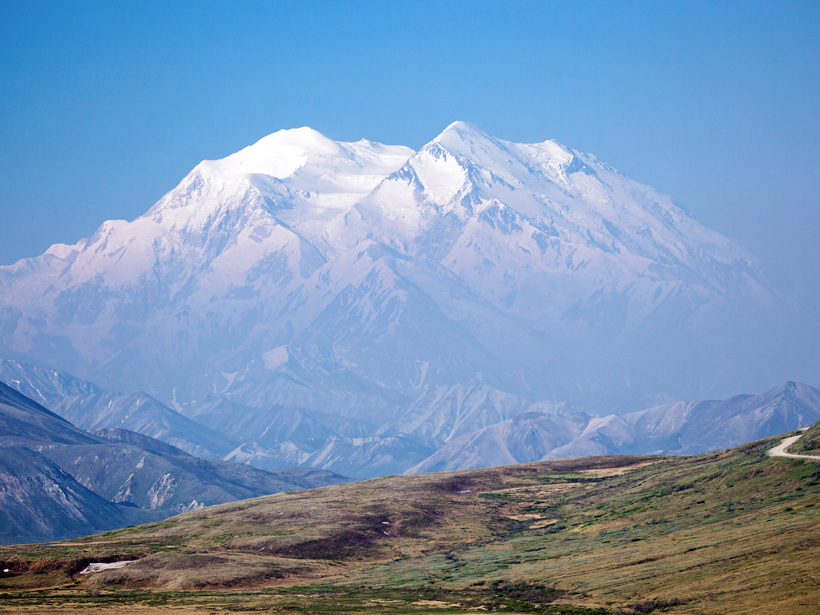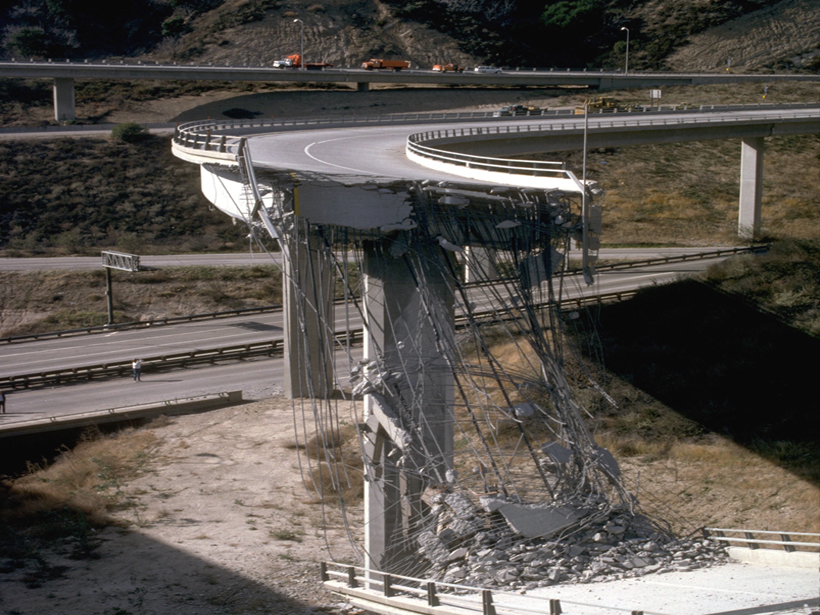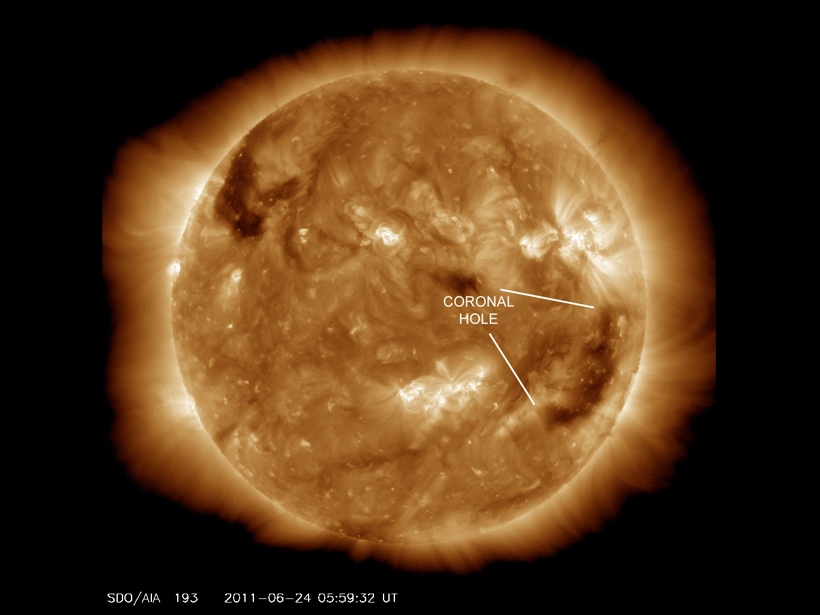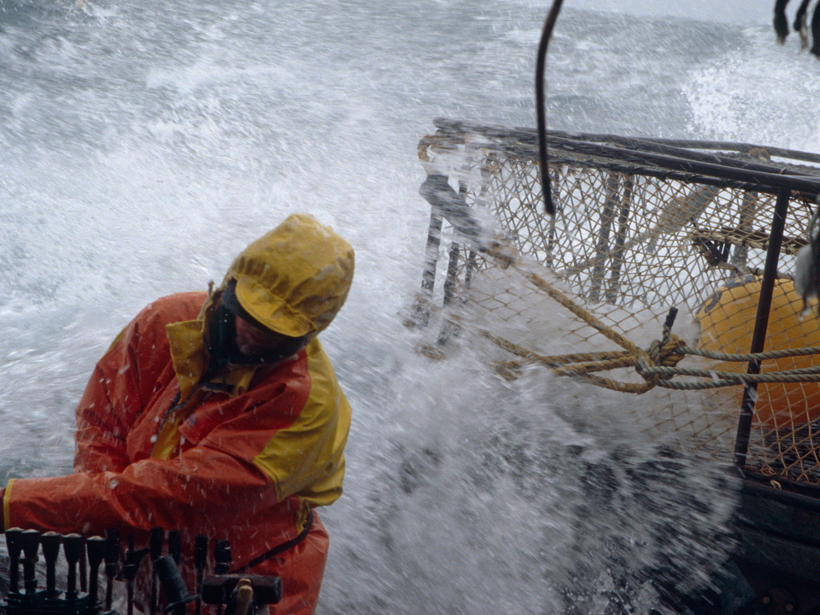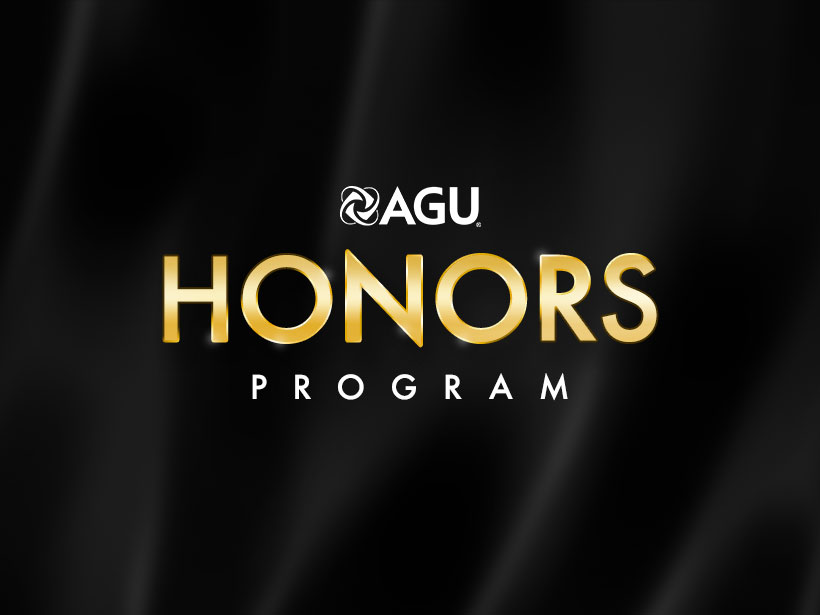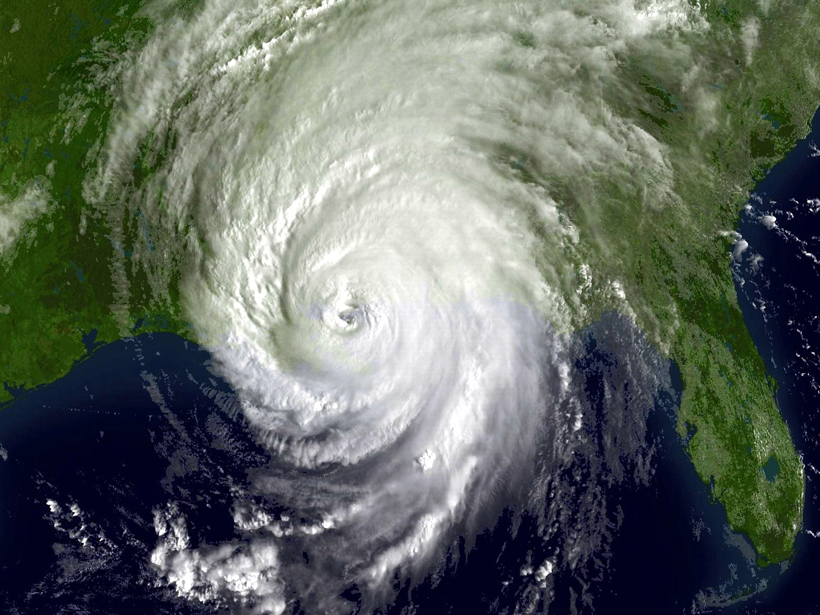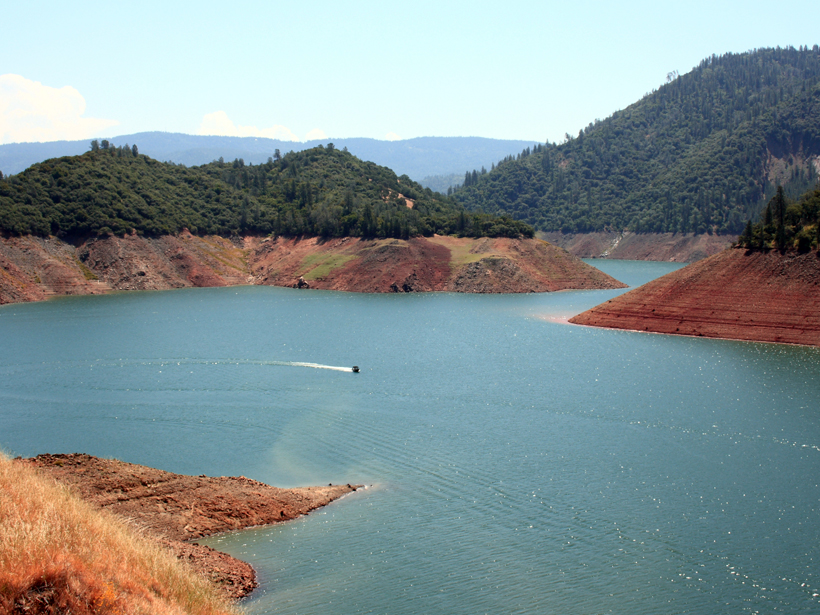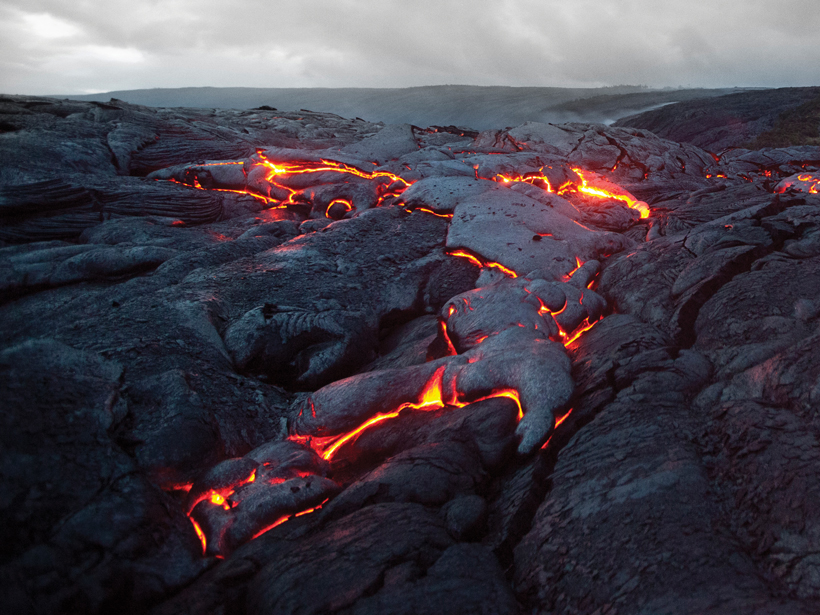In speeches and planned visits to a threatened village and a receding glacier, President Obama makes the case that global warming is happening now and warrants immediate action.
Authors who want CC-BY-NC 2015
Position Statement on Hazards: Call for Comments
Feedback sought from American Geophysical Union members until 30 September on draft statement emphasizing partnering of scientists, policy makers, and stakeholders to improve hazards resilience.
Refining Solar Wind Models to Better Predict Space Weather
Despite decades of space-based observations of the Sun, scientists still struggle to make precise predictions of the solar wind.
A Weather Eye on Coastal Winds
New satellite radar image-processing system provides wind speed maps with an unprecedented degree of precision. Such maps will help coastal communities prepare for wind-related hazards.
Africa Awards and William Kaula Award Join Ranks of AGU Union Honors
A pair of new annual Union awards recognizes exceptional research by African early career scientists, and an established publications program award gets Union honor designation.
Surface Climate Processes Keep Earth's Energy Balance in Check
Models show that an abrupt increase in carbon dioxide emissions would trigger feedback processes that would change Earth's hydrological cycle.
Does U.S. Hurricane Rating Scale Get the Danger Right?
Some scientists think it's time to retire the Saffir-Simpson scale and start fresh.
Ten Years After Katrina: What Have We Learned?
One mitigation strategy—relocating people and sensitive infrastructure to higher ground—eventually will need to be considered as sea level rise accelerates.
Global Warming Intensifies Drought Conditions in California
The rise in global temperatures has amplified naturally occurring drought conditions in California and has increased the chance of severe droughts in the future.
What Lies Deep in the Mantle Below?
For decades, scientists have probed Earth's remote mantle by analyzing how seismic waves of distant earthquakes pass through it. But we are still challenged by the technique's limitations.

